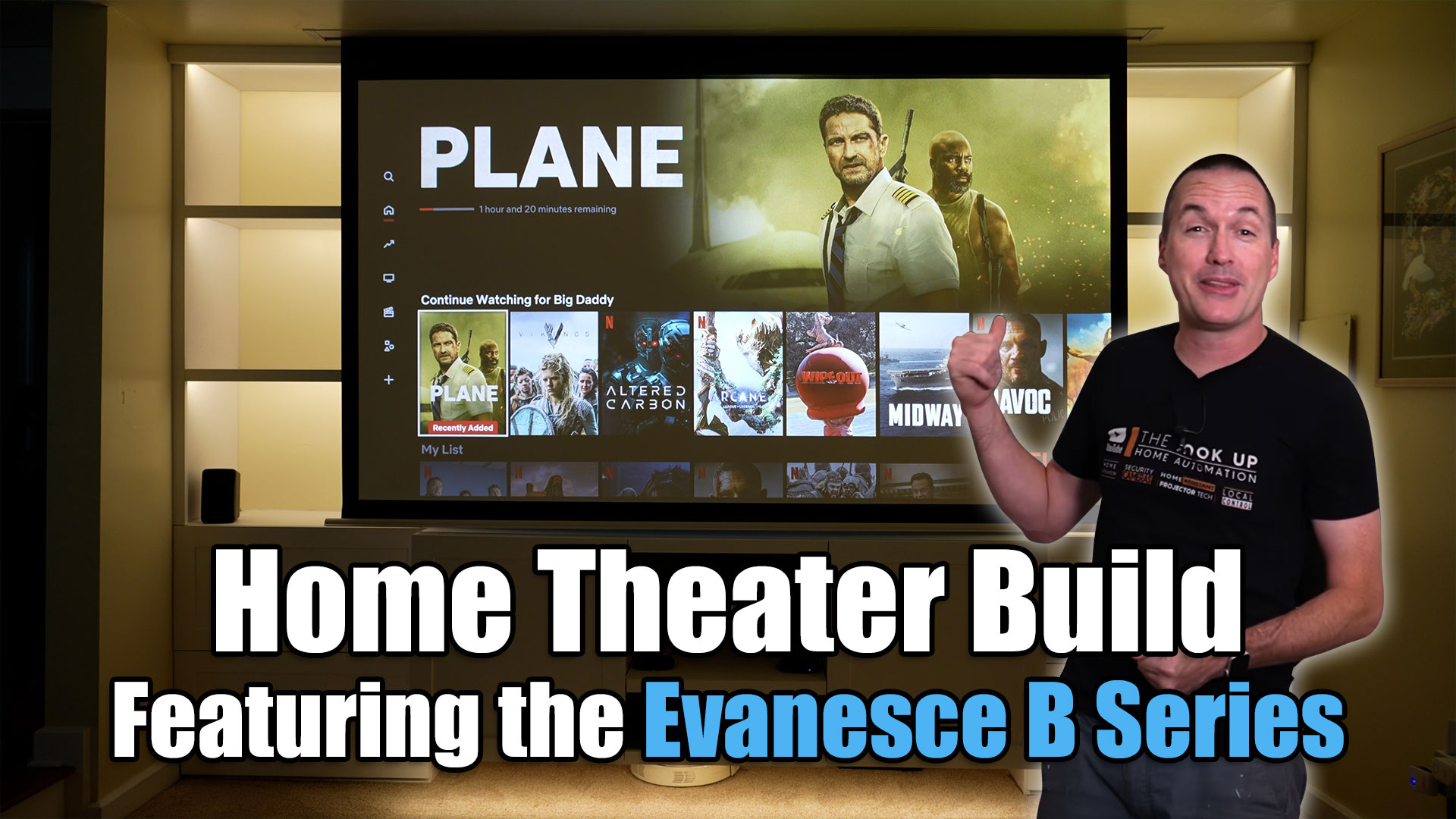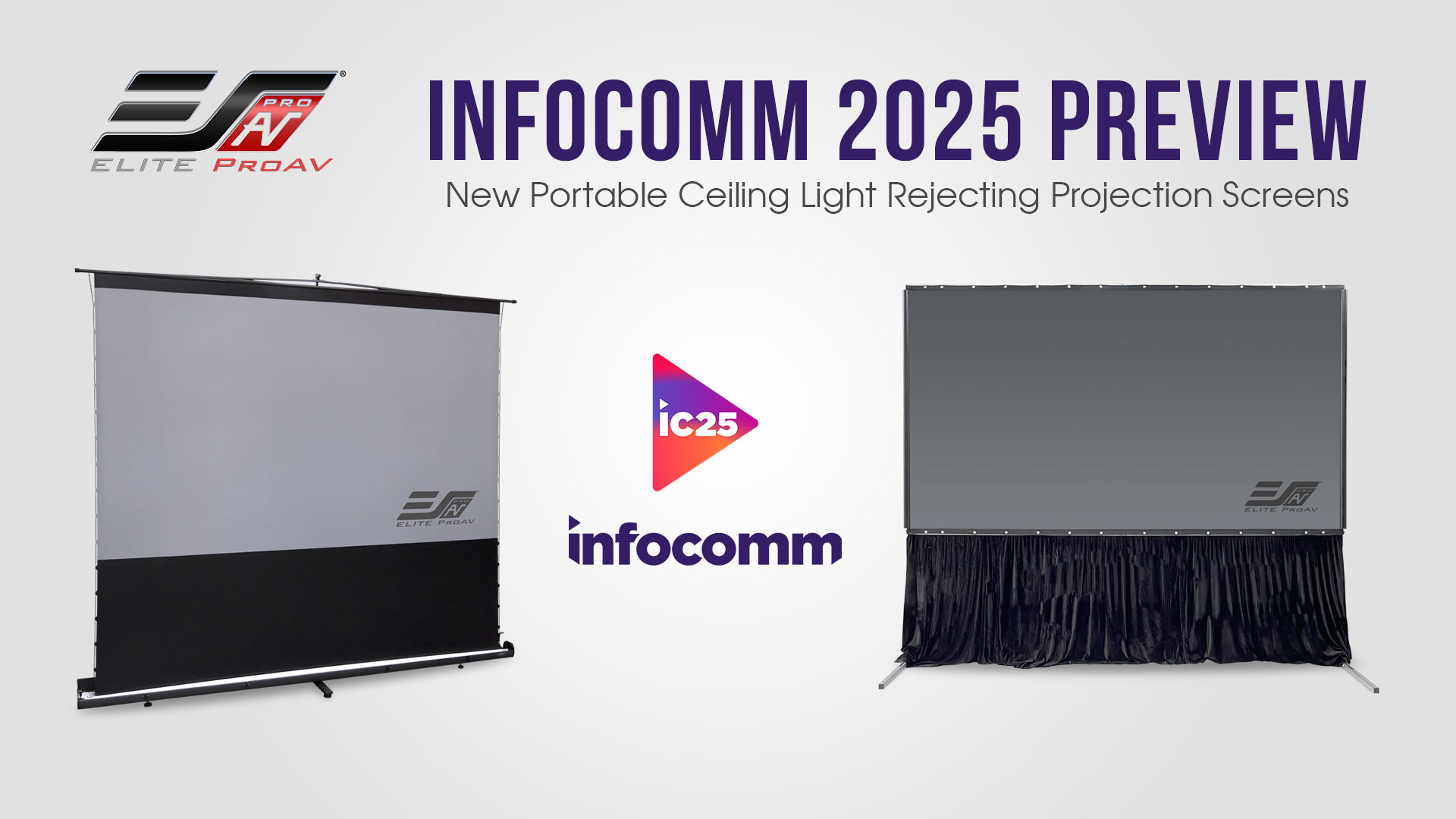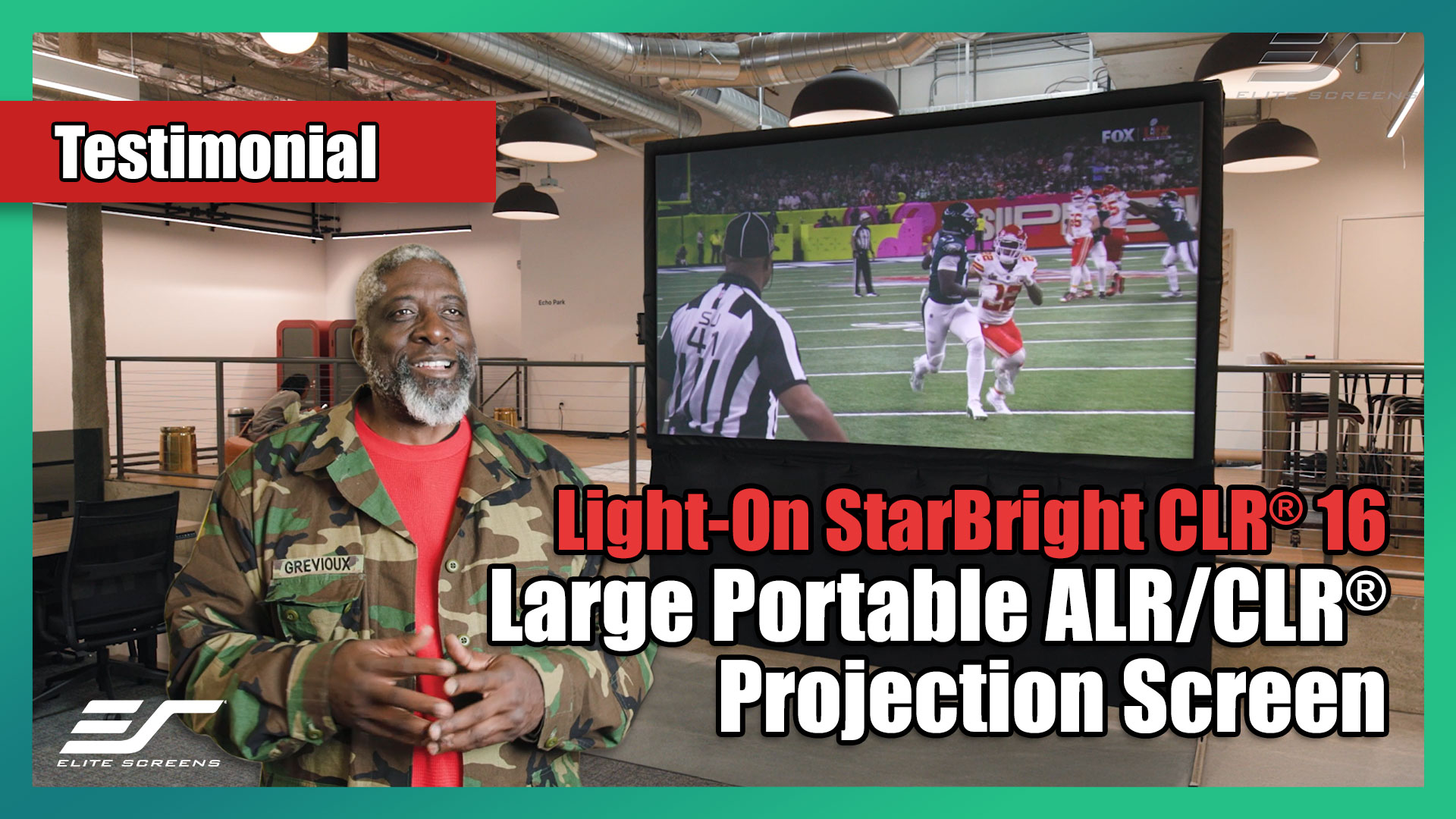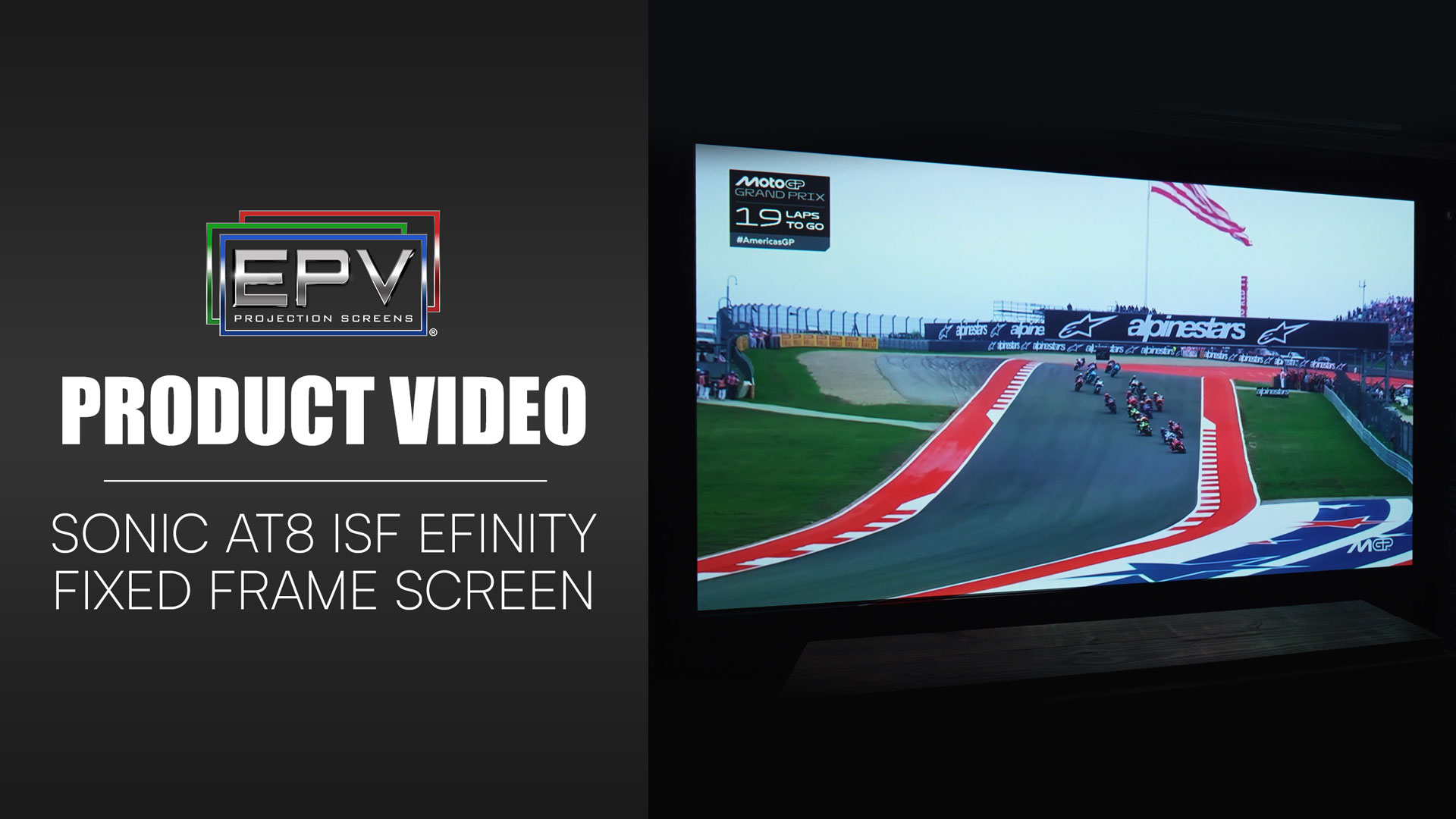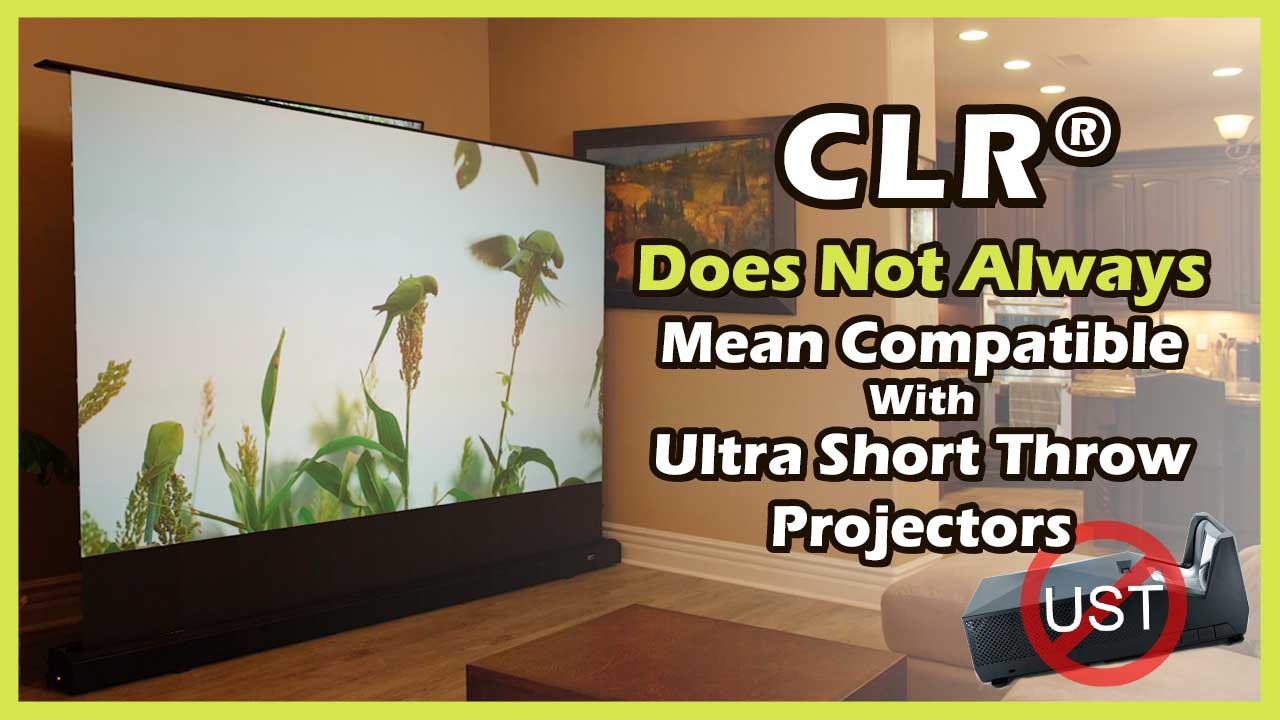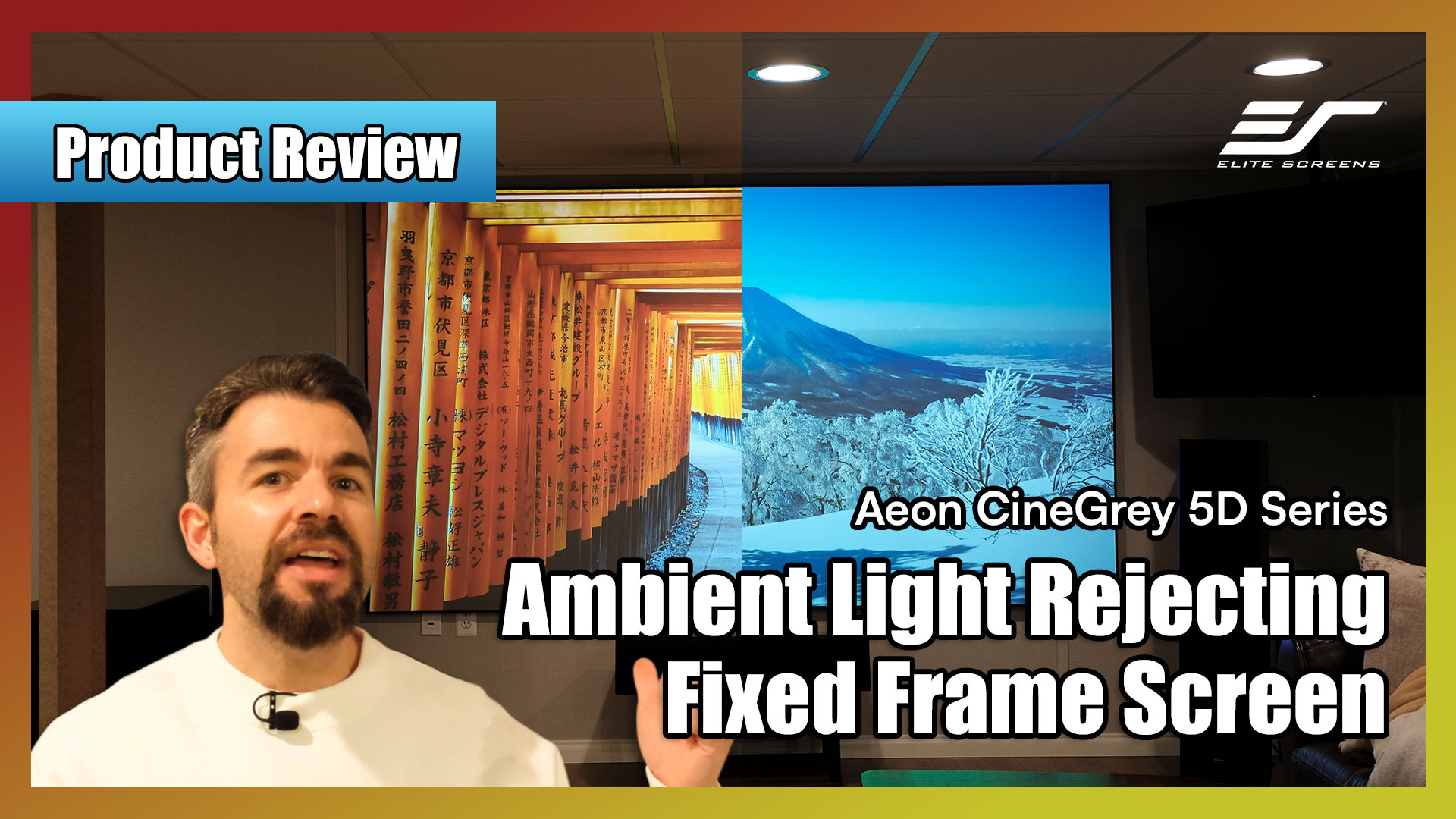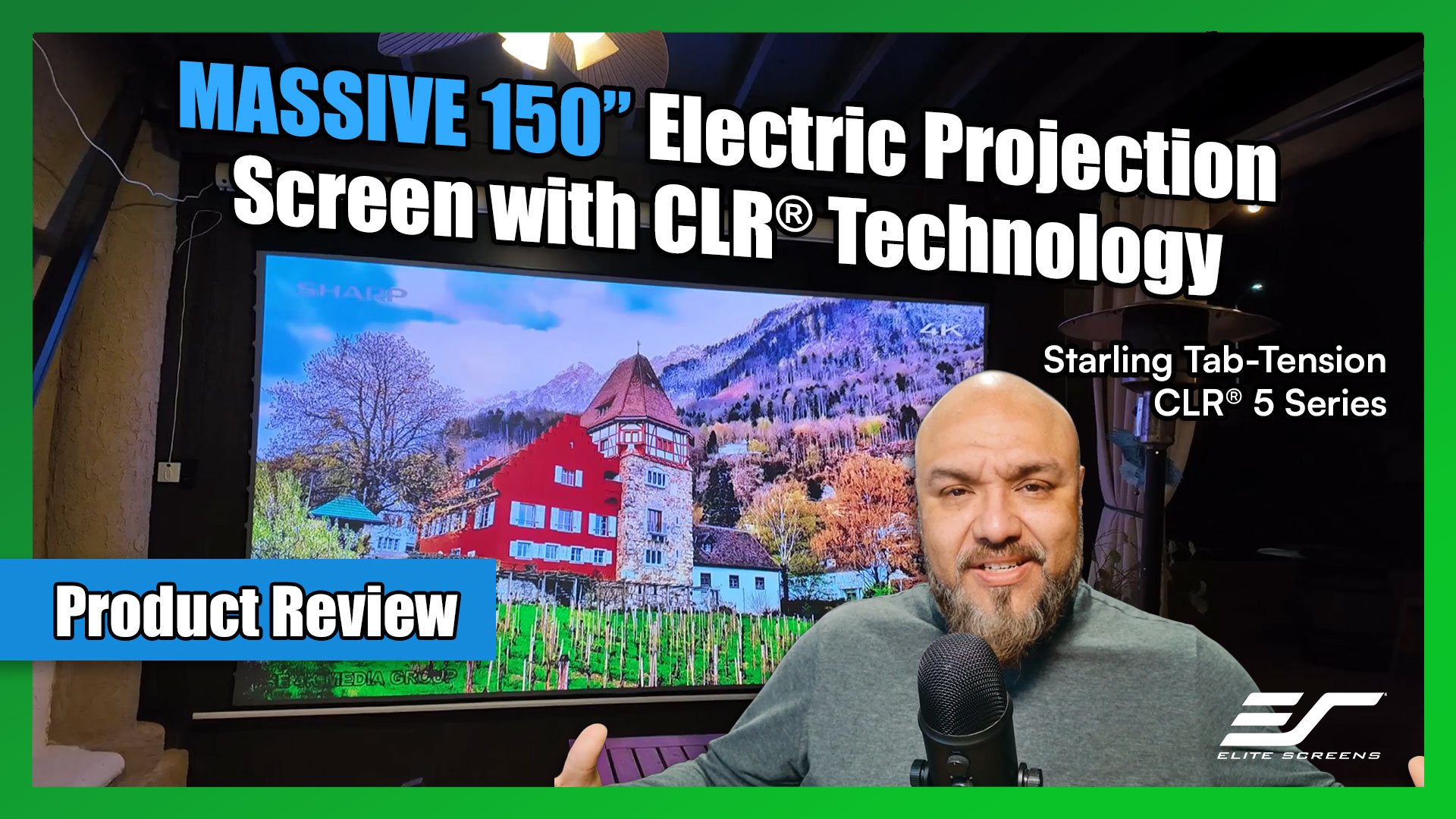Sometimes a customer wants to build it from scratch but step one is knowing the difference between materials.
*The discussion below is based on actual chat transcripts with the omission of any personal/confidential material to protect the customer’s privacy. An example in this case is to change the contact’s identification name/number to “Customer” or a generic name.
Transcripts:
- [21:07] Mitch: Hi, what is the difference between Cinegrey and Cinegrey“3d”
- [21:09] Jaime: The Cinegrey is an older material we make. It’s a matte gray painted projector surface. It is ideal for older projectors that have a lot of brightness but not so much on adjustable contrast levels. The Cinegrey 3D is a specialized material that is ambient light rejecting. This means you get superb dynamic range in color and black levels in either a light or dark room.
- [21:09] Jaime: the standard grey is limited to dark rooms and typically older projectors.
- [21:09] Mitch: I have an Epson 5040 ub
- [21:10] Jaime: ambient light in the room?
- [21:10] Mitch: I do have some light during the day seeping in through curtains, and from sides, no direct light
- [21:10] Mitch: during night is pitch dark
- [21:10] Jaime: For all around performance enhancement, I do recommend the Cinegrey 3D.
- [21:11] Jaime: Picture brightness is enhanced, so in the dark you can run your projector at a lower power setting.
- [21:11] Jaime: You’ll also have enhanced dark levels. It’s a night and day difference when it comes to seeing detail in dark images.
- [21:11] Mitch: How will 3d Cinegray compare with 5d cinegrey
- [21:12] Jaime: 5D Has a higher reflective quality and wider half gain cone on the screen brightness.
- [21:12] Jaime: Think of a good, better, best scenario. It’s entirely up to how much you want your screen to enhance picture brightness.
- [21:12] Mitch: I need the best picture quality and colors.
- [21:12] Jaime: Either the 3D or 5D options will suit you. Both materials are ISF certified in their color temperature and contrast performance.
- [21:13] Mitch: Also the space between pillars is 124 inches wide, which material will fit
- [21:13] Mitch: height is 72 inches
- [21:14] Jaime: are you getting a fixed frame?
- [21:15] Mitch: I want to DIY a frame with Cinegrey 3D on one side and white on the other side for night. Frame will hand and just flip the frame over depending on time of day or light
- [21:15] Jaime: If you are up for building something like that, the designer cut series is offered in 135″ diagonal 16:9 aspect ratio. You can make a frame screen of it.
- [21:15] Mitch: Yes, in a fixed frame. Good.
- [21:15] Jaime: So pretty much, you are making your frame, right?
- [21:15] Mitch: yes
- [21:16] Jaime: here’s the product page if you’d like to pursue that project: https://elitescreens.com/front/front/productdetail/product/232
- [21:16] Jaime: I recommend the Cinegrey3D based on our discussion.
- [21:16] Jaime: you may be able to purchase it locally through Amazon
- [21:16] Mitch: yes its on my cart already, I really appreciate your time on this.
- [21:17] Jaime: It was my pleasure. Thank you for choosing elite screens.
